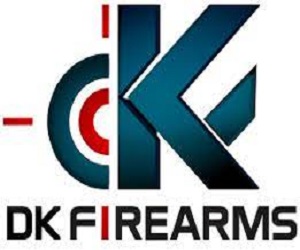pwoolford
AR15's make me :-)
I'm interested in reloading my brass but not sure what is the best way to get started. I've spent many hours on the interwebs reading and watching videos about reloading so I have a basic understanding of the process. I shoot mostly 9mm and .40 (800-1000 rounds per month) and an occasional box of 5.56, 3.08, and 7.62x39. Here are the questions.
Most recommendations are to start with a book, then a single stage press, then move on to a progressive. I'm fine with that but for those that moved from single to progressive did you make the move because of volume of rounds you reloaded or another reason? Measuring the powder looks like another possible reason progressive would be easier.
Do most people pop out the old primers before cleaning the brass or after? I ran some brass through my ultrasonic cleaner then popped the primer and there was dirt behind the old primer I don't see how they deal with this on a progressive.
For those that started with a single then moved to progressive which models did you go with? The Hornady LNL or Dillon XL650 look nice but not sure how much extra stuff you get in the kits that I'll never use. Also, didn't want to spend $1k if I'll never make up the difference shooting 9mm.
Most recommendations are to start with a book, then a single stage press, then move on to a progressive. I'm fine with that but for those that moved from single to progressive did you make the move because of volume of rounds you reloaded or another reason? Measuring the powder looks like another possible reason progressive would be easier.
Do most people pop out the old primers before cleaning the brass or after? I ran some brass through my ultrasonic cleaner then popped the primer and there was dirt behind the old primer I don't see how they deal with this on a progressive.
For those that started with a single then moved to progressive which models did you go with? The Hornady LNL or Dillon XL650 look nice but not sure how much extra stuff you get in the kits that I'll never use. Also, didn't want to spend $1k if I'll never make up the difference shooting 9mm.


 )
)

